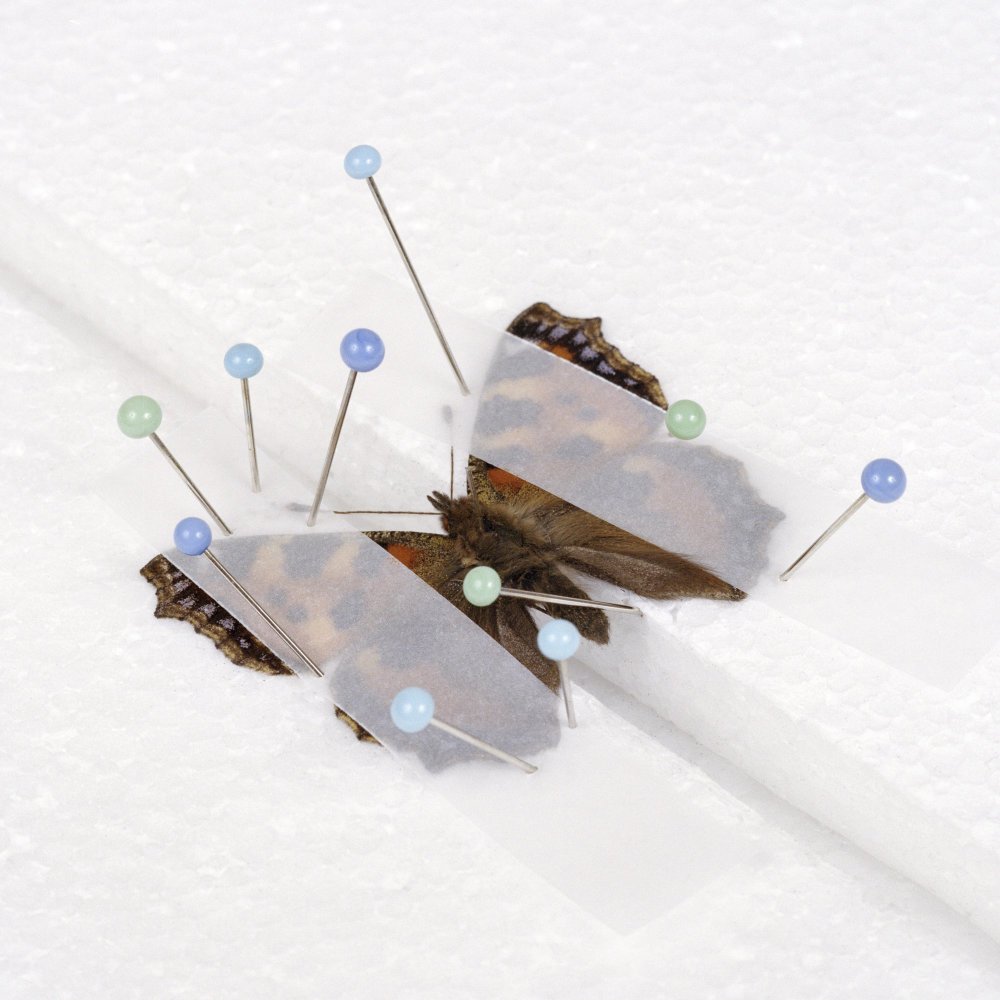




From Chateau International, a collaboration between photographer Rick Pushinsky, artist and set designer Rory Mullen, artist Matthew de Kersaint Giraudeau and stylist Karlmond Tang. WASTERS is an irreverent and surreal commentary on male ego, the neoliberalised labour landscape and the pointlessness of what David Graeber defined as “bullshit jobs”. Appropriating the characteristics of a lookbook, WASTERS maps the interior and exterior worlds of a disaffected office worker, his redundancy due to automation all but guaranteed.
The advent of automation promised a 15 hour working week that has not come to pass. Whilst many labour-intensive, blue collar jobs have already been taken over by machines, AI now looks set to replace many of the clerical and service sector jobs that, until the pandemic, kept office buildings full and city-centre Prets busy. We’re currently witnessing a transition from a swollen administrative model – employees who are, in Graeber’s works, “basically paid to do nothing, in positions designed to make them identify with the perspectives and sensibilities of the ruling class” – to skeleton workforces of multi-agent AI systems and chatbots, sold to investors as “futureproofing” whilst conveniently driving costs down. But here in the terminal phase of the office, the traditional idea of work as a moral value remains, with presence at one’s desk considered a marker of productivity in itself. Denial, anxiety, oblivion, bullshit: enter WASTERS.
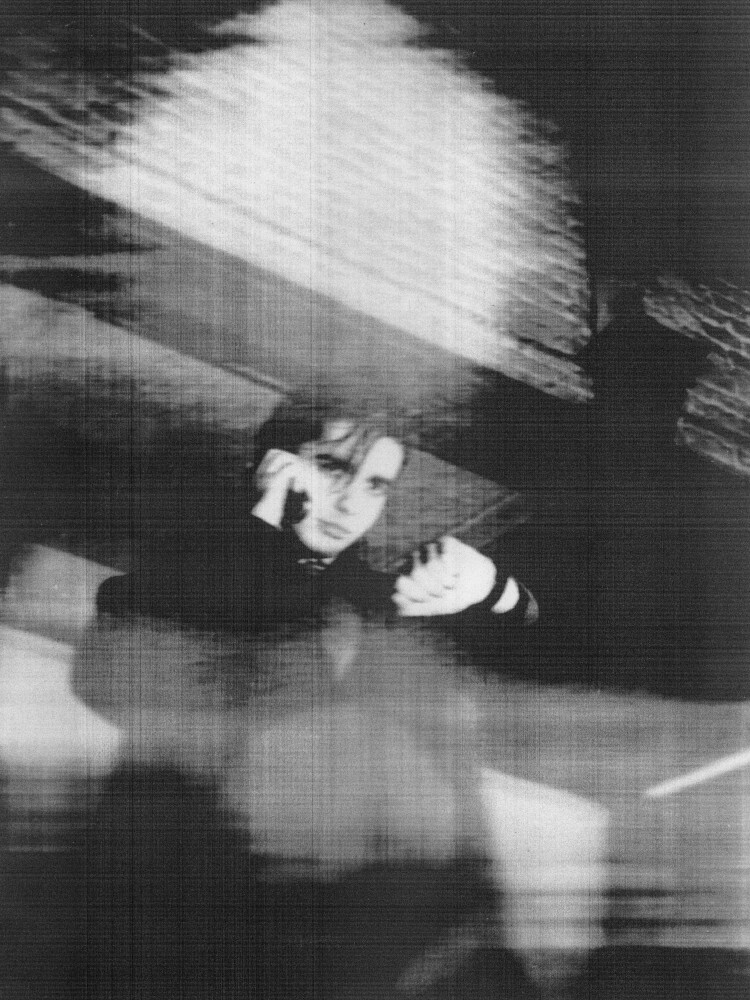










Appearing to begin as any Hollywood Sci-Fi blockbuster worth its salt might; with a rocket headed across star-studded galaxies straight towards Earth.
As that rocket multiplies into several rockets, and then several more throughout the sequence of photographs, the book’s singular protagonist – played by 2017 BAFTA award winning actor Adeel Akhtar – prepares diligently for the invasion. Costumed in an array of outfits including a suit, a weightlifting top and a karate belt, and wrestling with items such as hunting and fishing equipment, this man comes to signify the quintessential, yet increasingly obsolete, idea of hyper-masculinity as peddled in such mainstream films.
What unfolds is a visual critique of gender stereotypes and constructed masculinity in several acts, beginning from the premise that so many of our stories come to us shaped by the formulaic narratives of epic and ancient myth.
Pushinsky identifies this to be especially so in the genres of Sci-Fi and fantasy – think A Space Odyssey and Homer, Prometheus and the Ancient Greek Titan of the same name – while acknowledging that along with those narratives, we’ve also inherited the biological determinism of the ancient world too, including the age-old stereotypes that posit maleness as synonymous with fighting, gathering and an inherent drive to win.
Finding similarities between the virtual channels of escapism available to us in the form of films or video games –the ways in which they offer simulated experiences of violence – and the desire to physically dominate nature through practices such as hunting or sport-fishing, Pushinsky draws those observations together here. Technology, he posits, operates as fetish and prop for the spectre of masculinity, and the set of images he creates in Basic Pleasure Model wryly reflect this through the visual parodying of bizarre phallic prosthetics, laser-effects and surreal explosion montages.


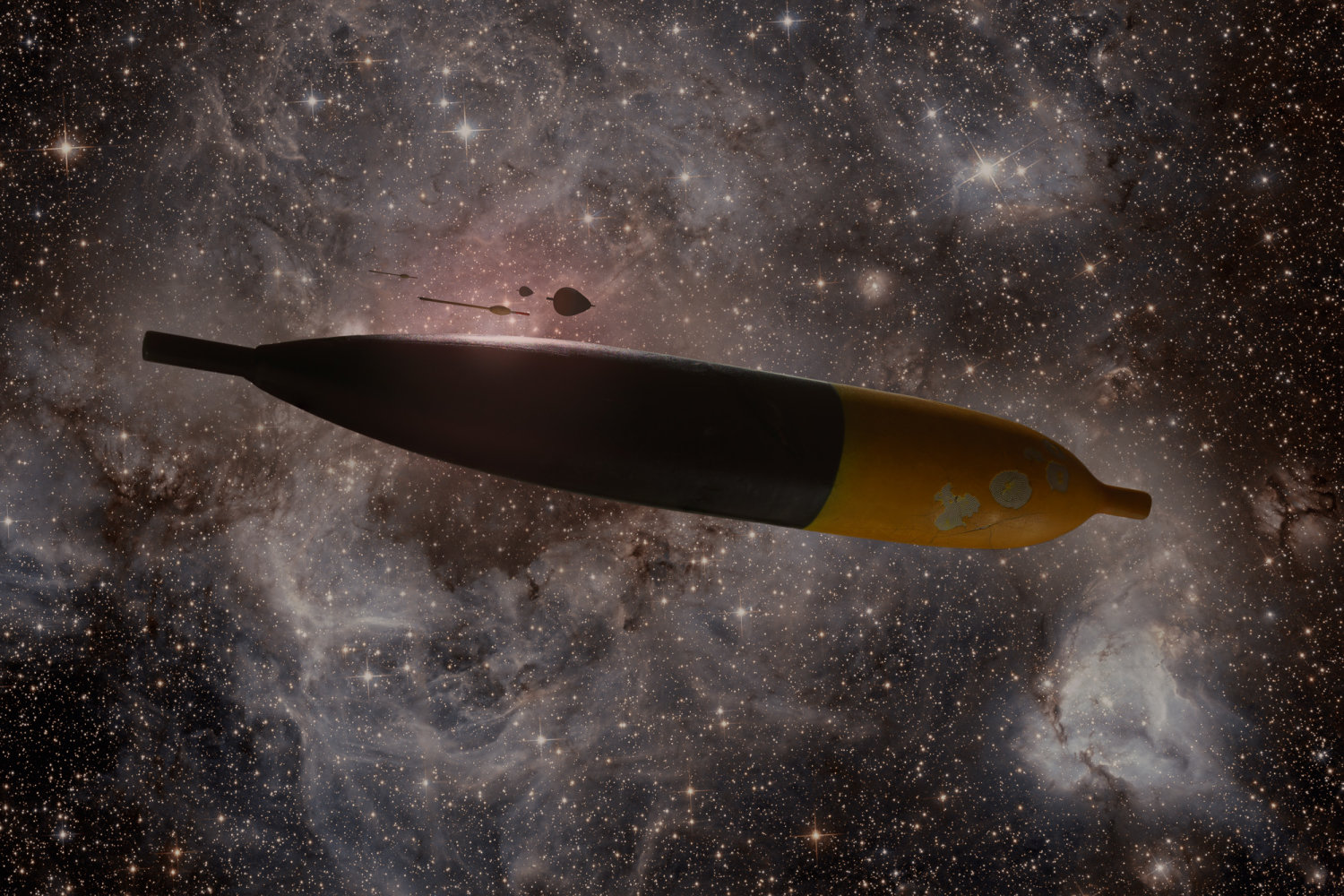
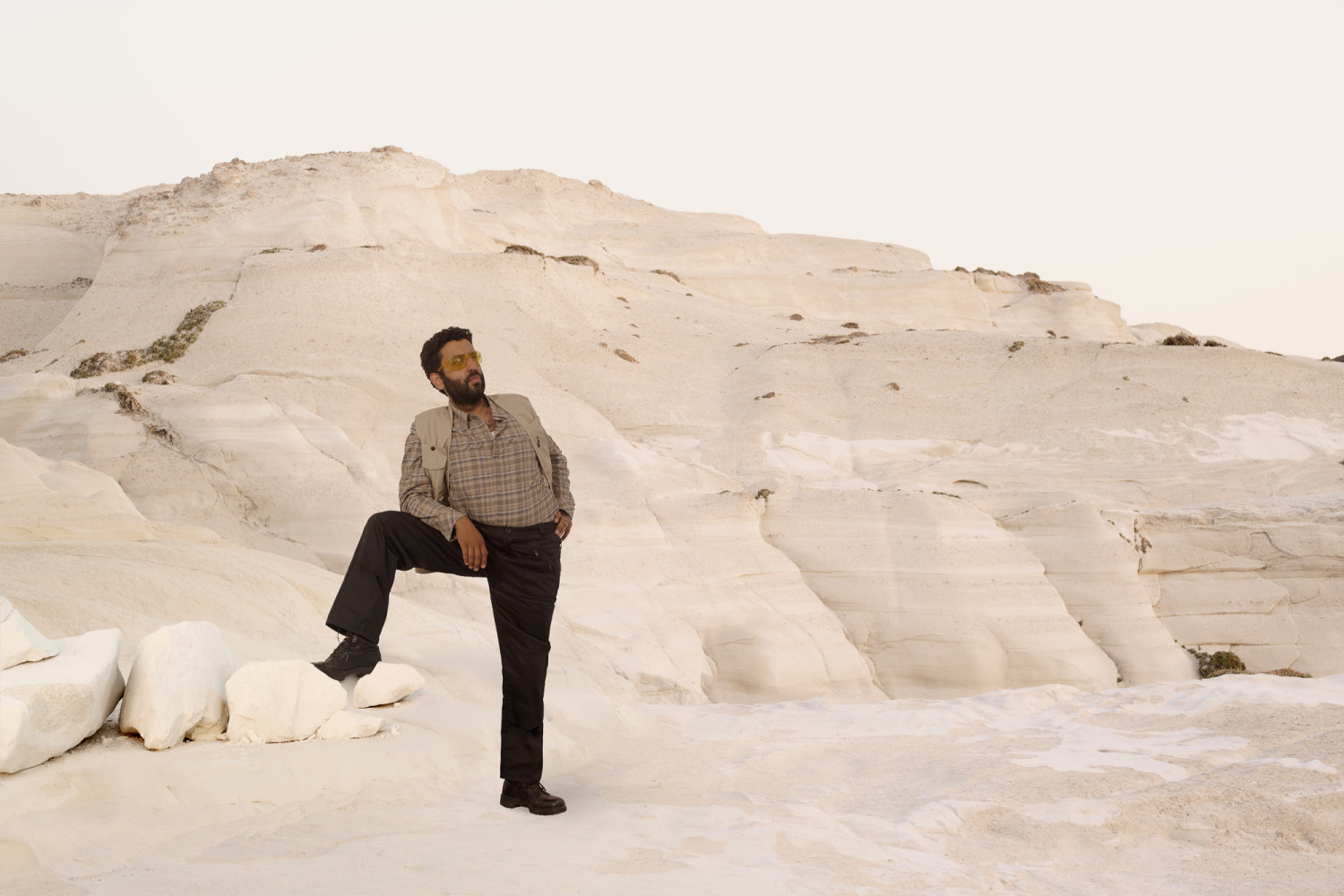


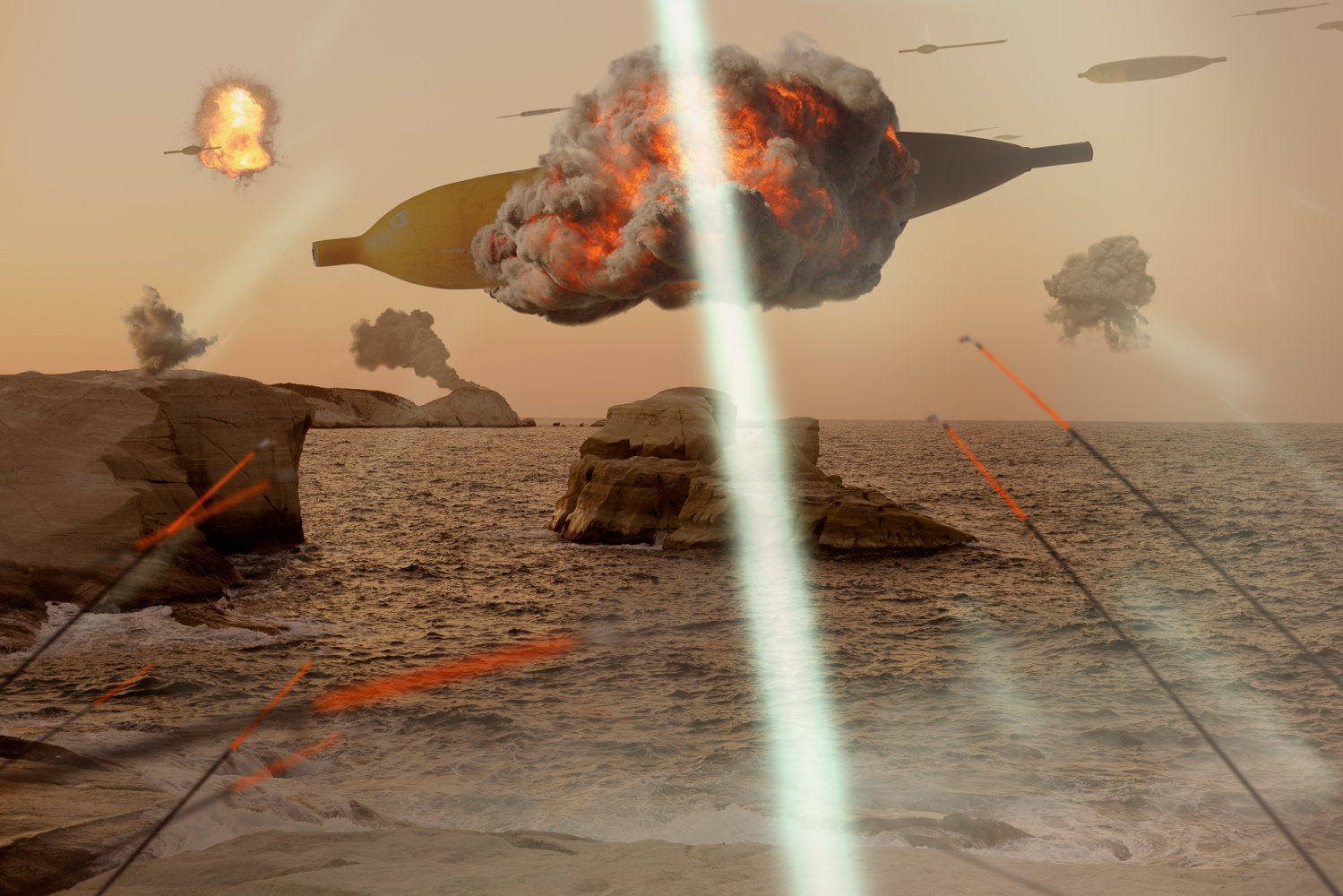





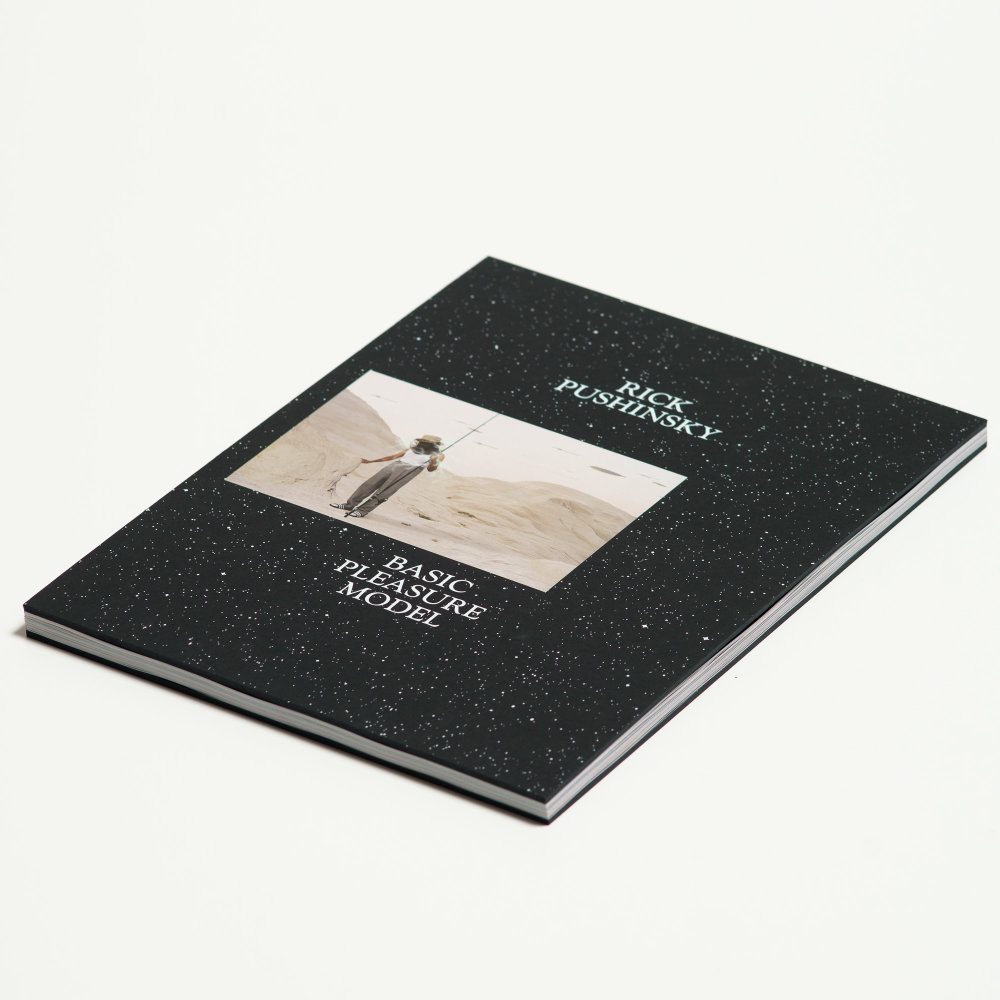
MJKVDL 2021 from Chateau International is the first published survey of the work of architect-turned-clothing designer Mark Jan Krayenhoff van de Leur. Shot largely in the Berlin home Mark shares with his husband, the artist AA Bronson, the book uses the language of the fashion look book to explore a deeply personal design practice in which singular garments are infused with autobiographical narratives. Mark’s one-off designs emerge from labour-intensive and formally unique processes; as Madeleine Morley writes in the book’s essay, “this open questioning of norms, commitment to materials, and holistic thinking combines to form Mark’s singular queering of Modernism, at once true to its egalitarian mission and resistant to prescriptive codification”.
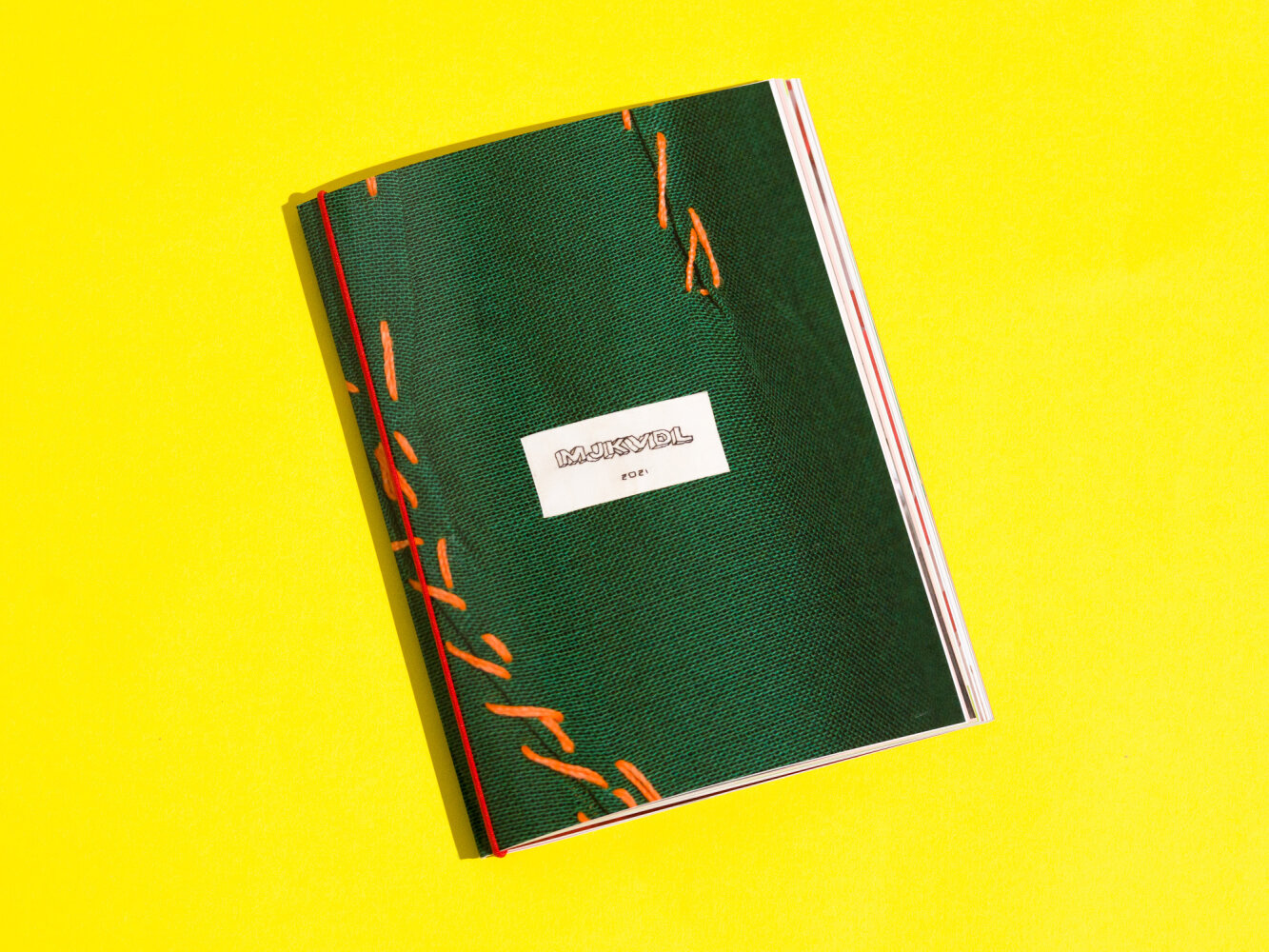
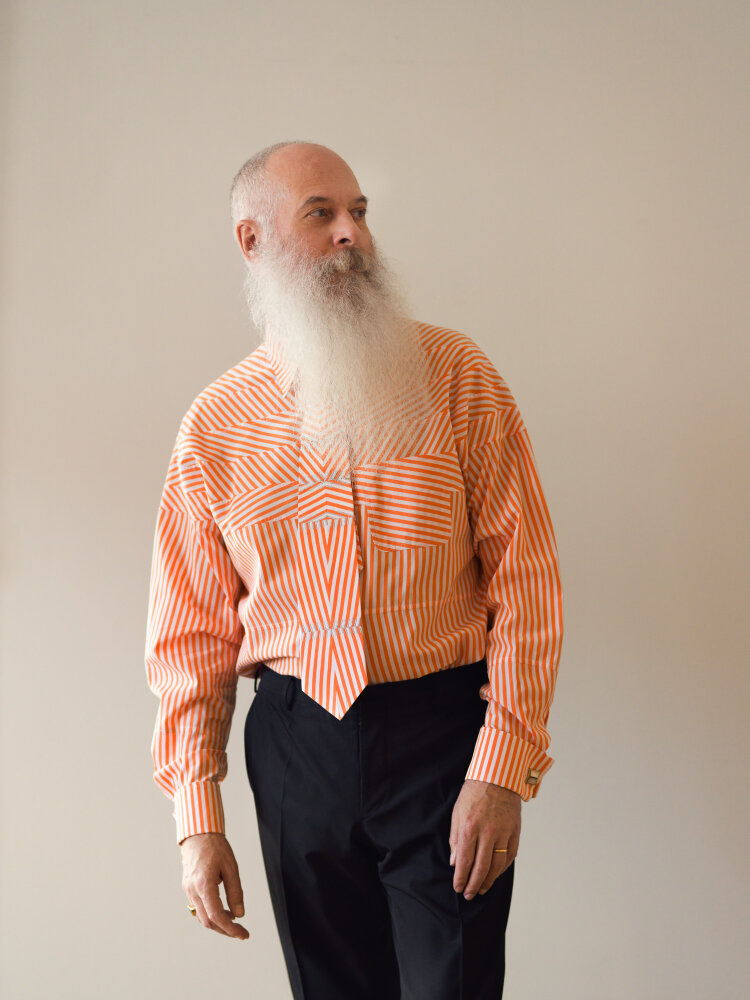
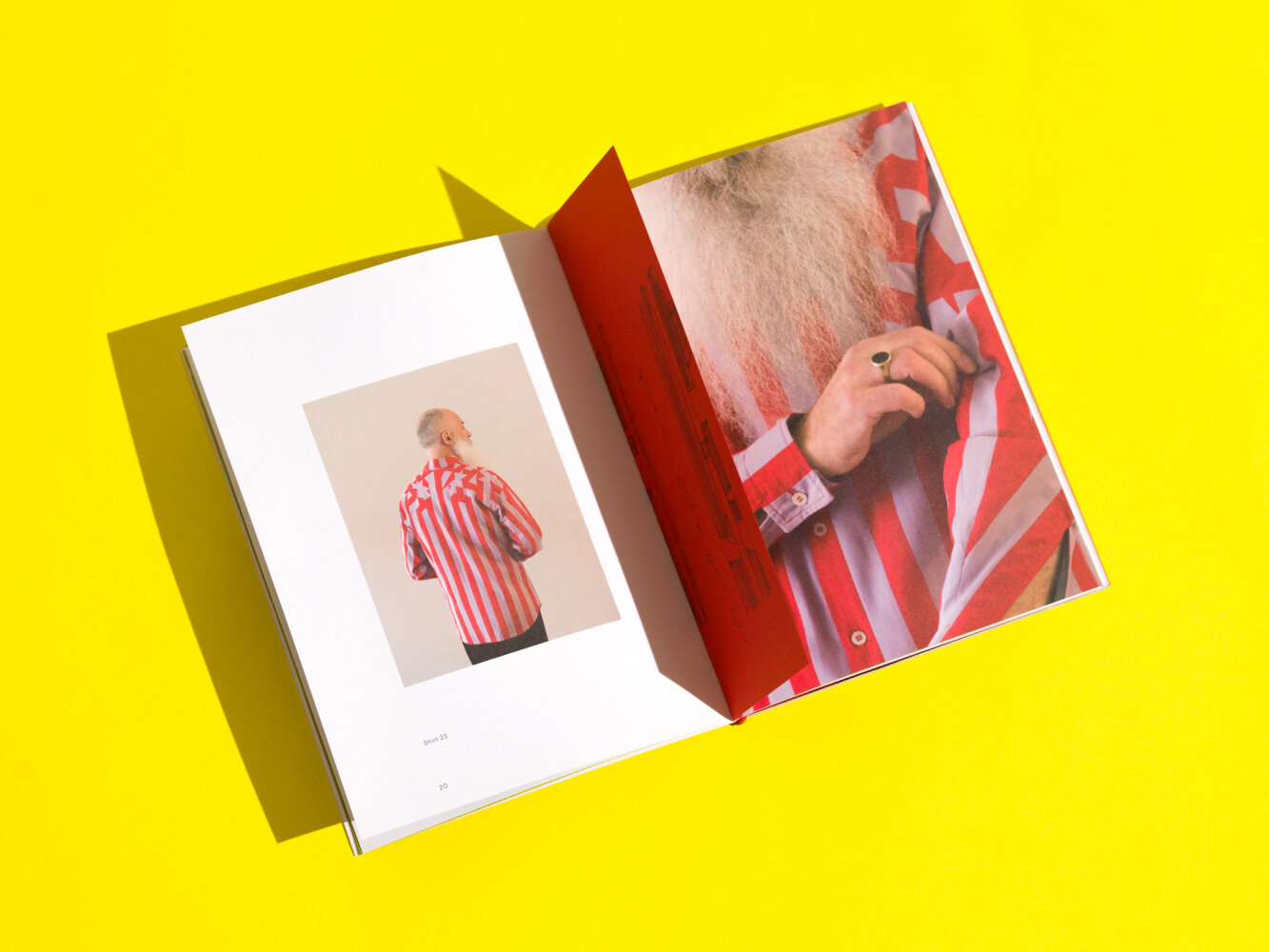
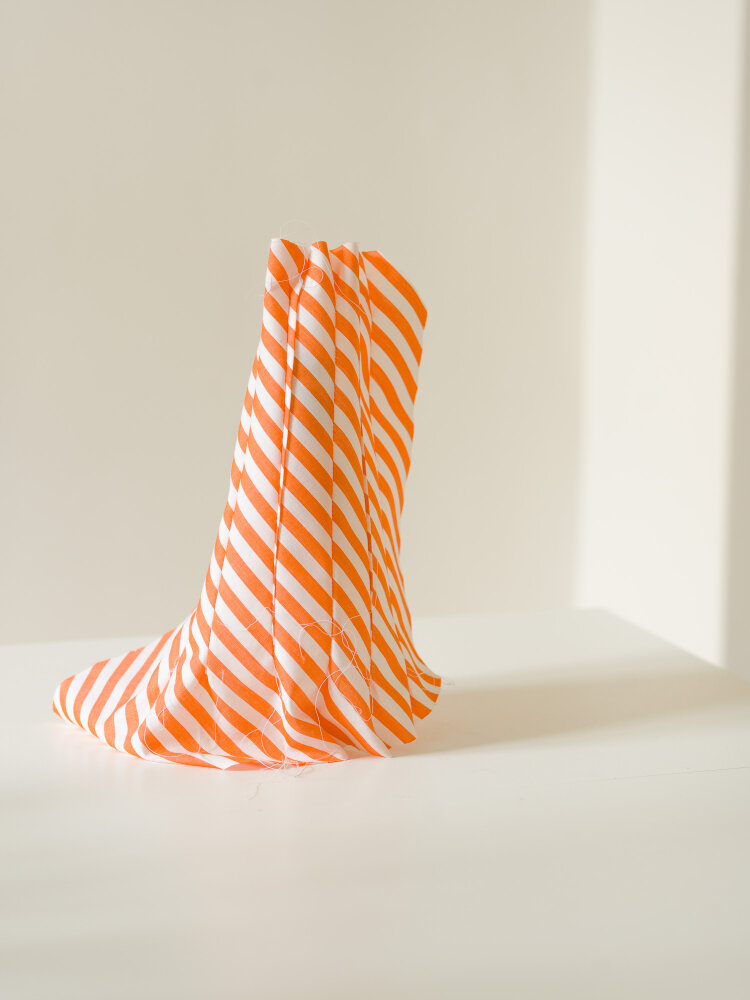
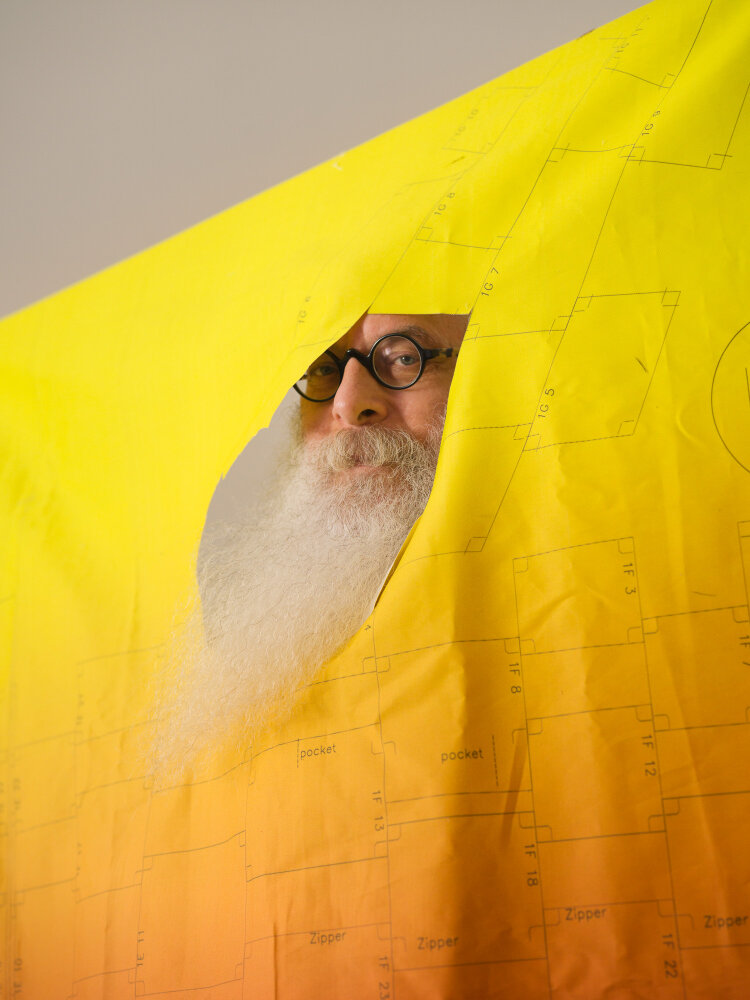
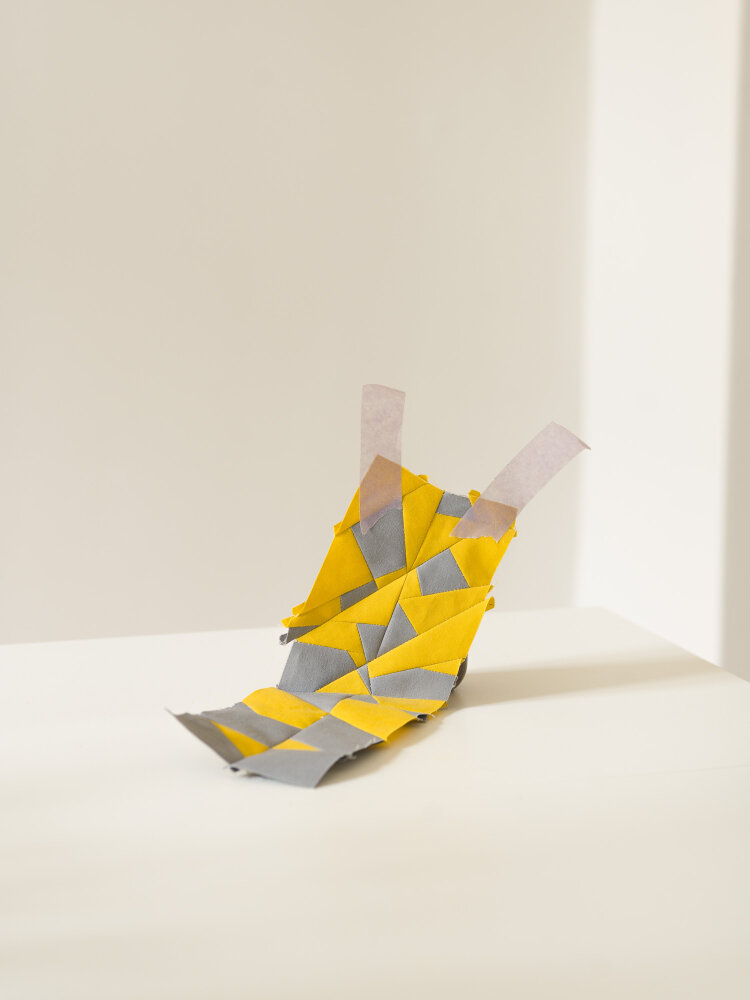



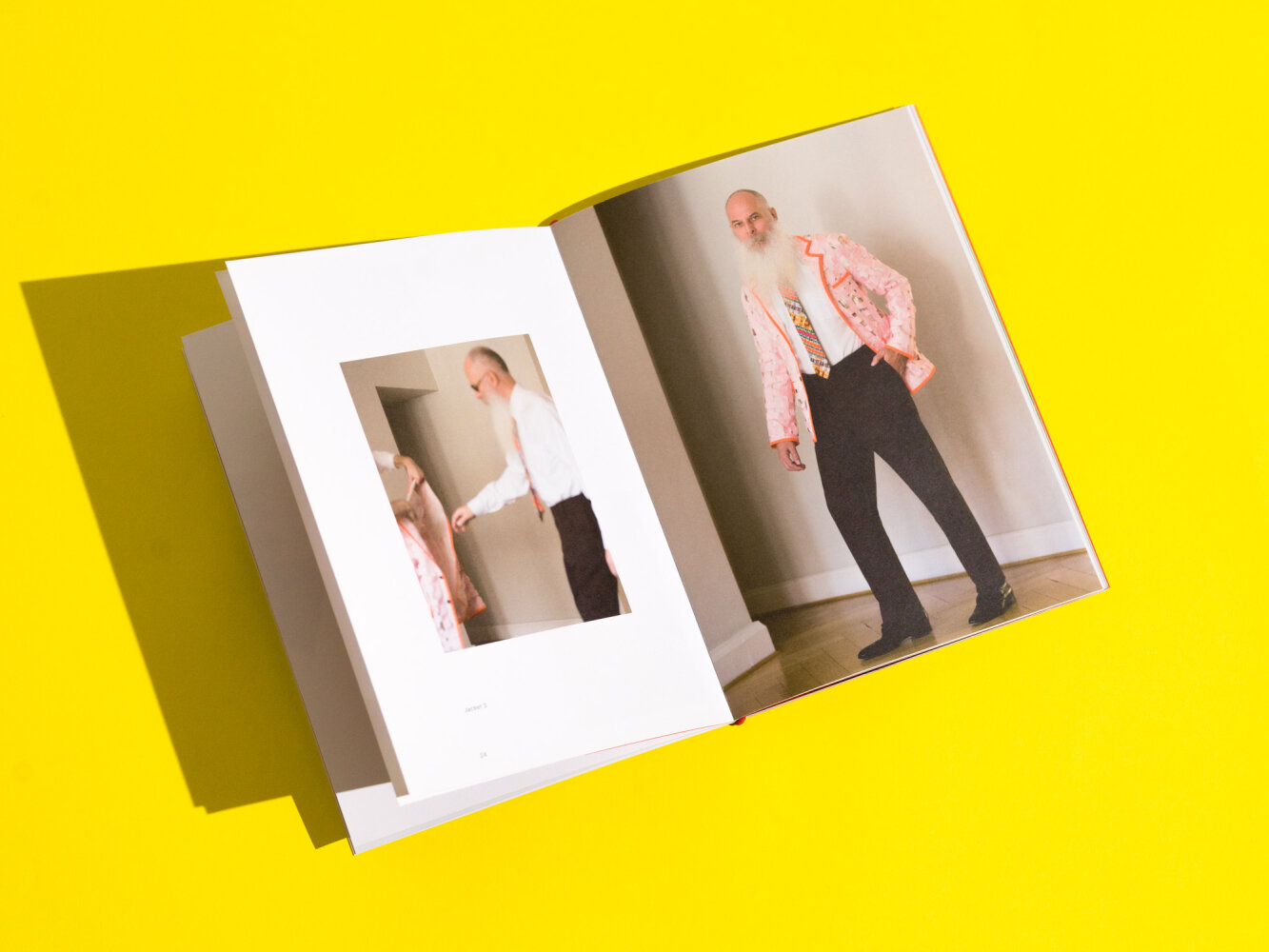

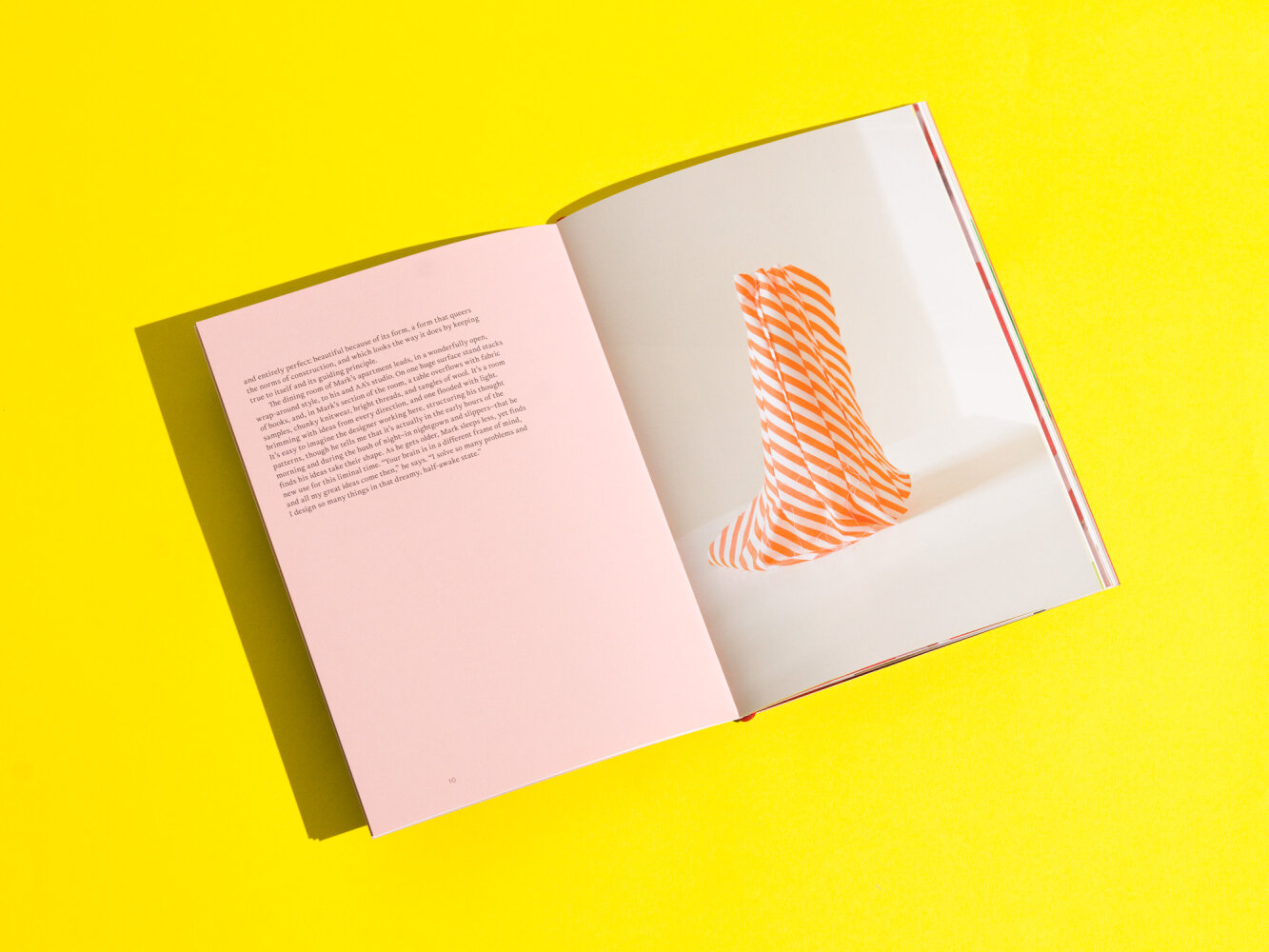

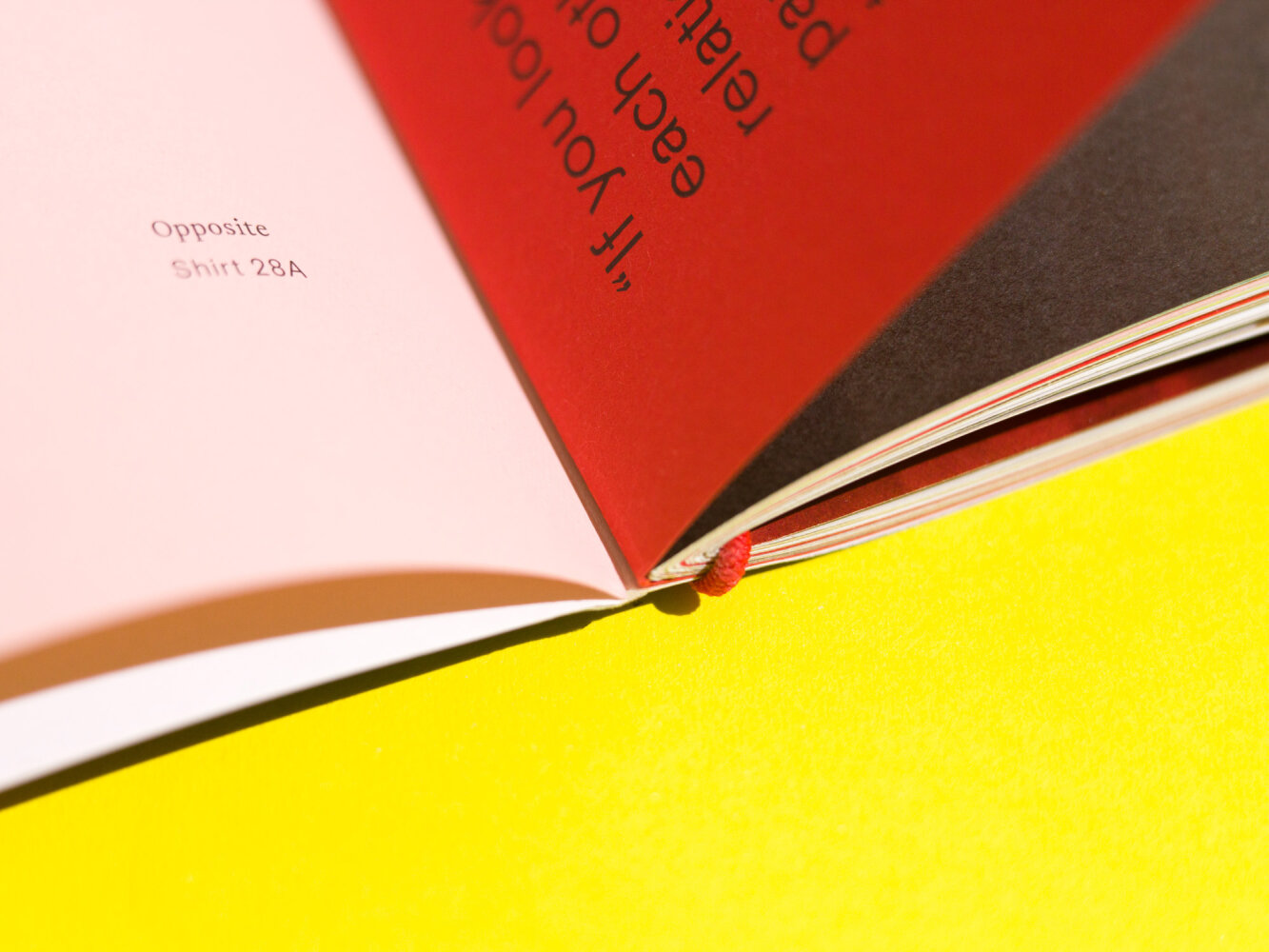


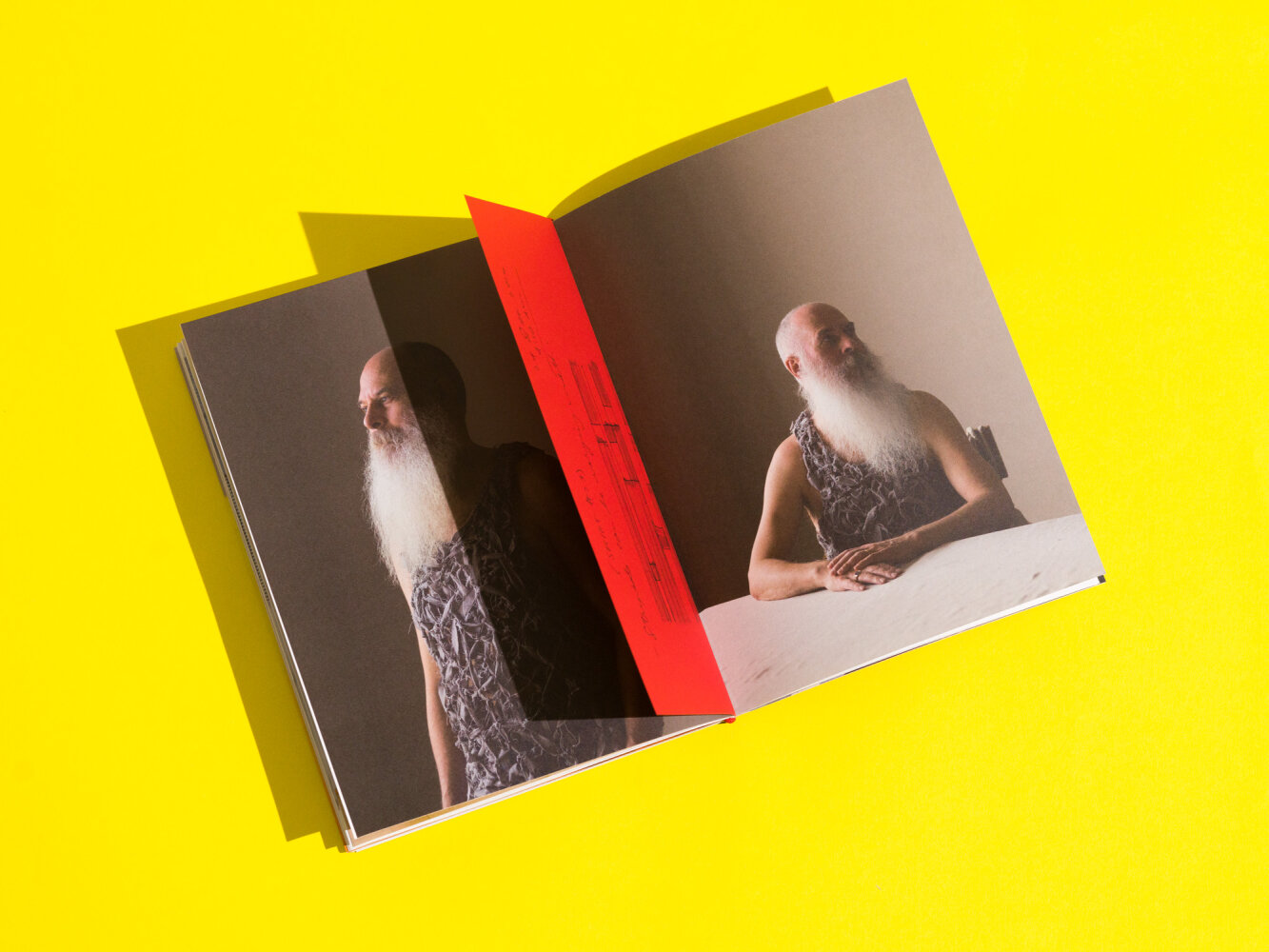


Cover art and animations for Pleasure Island, British composer Tim Parkinson’s disquieting and joyous Slip debut: play time in end times.
Titled after the Disney adaptation of ‘Paese dei balocchi’ (or the Land of Toys) in Carlo Collodi’s ‘The Adventures of Pinocchio’ (1883), ‘Pleasure Island’ is a metaphysical playground of organic and digital cohabitation, its inhabitants pacified by toys and comforts.
Alongside Dawn Bothwell, Suze Whaites, Laurie Tompkins, and Francesca Fargion, Parkinson exerts an uncannily emotional pull from an unlikely but potent alliance of ultra-minimal aesthetics, dead-beat drums, junk electronics, and mechanised mantras.
Voices are hemmed in by electronic sound. People buffeted around by machines. Words surrounded by garlands of digital interference. Time repackaged as countdown.
Tim’s trash-opera ‘Time With People’ continues to be performed around the world, past champions of which include Object Collection, a.pe.ri.od.ic, Edges, and NEC, and he is a co-curator of London’s longstanding Music We’d Like To Hear series. Despite decades of fiercely independent production, this is his only piece conceived of first and foremost as an album.
‘Pleasure Island’ [SLP053] is available on LP and download. Mastered by Giuseppe Ielasi. Artwork by Rick Pushinsky. Distributed by Boomkat.


Destiny in a cup of tea. Beauty blossoming in a pair of shredded gloves on tarmac. Determination in a used Band-Aid clinging to a wall. Perhaps not the most obvious sources of inspiration and reassurance. But then, doesn’t hope have a habit of emerging from the unlikeliest of places?










A response to William Blake’s 1789 illustrated collection of poems. In book form, the photographs of found and fabricated sculptures are interwoven with fragments of text from Francis Gilbert’s study guide to build a vision of the world seen through the prism of Blake’s imagination.







